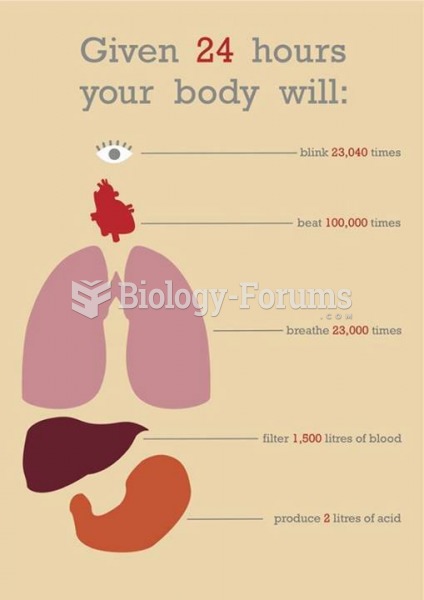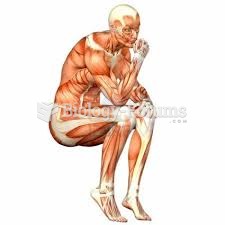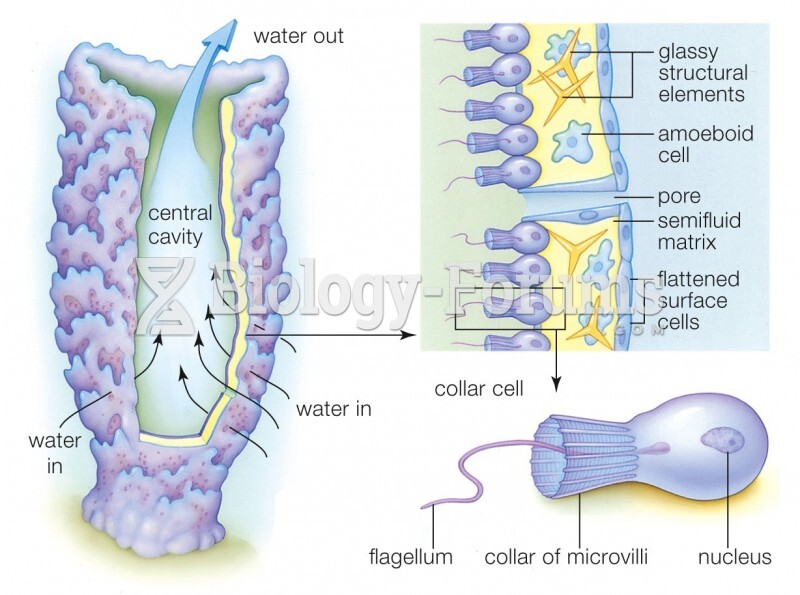Answer to Question 1
TRUE
Answer to Question 2
The energy derived from food is not used directly by the cells. It is first transformed into adenosine triphosphate (ATP). The subsequent breakdown of this compound provides the energy used by all energy-requiring processes of the body. ATP must be recycled continually to sustain life and work. ATP can be resynthesized in three ways:
1. ATP-CP system. Weight lifting is an all-out activity and uses the ATP-CP system. The body stores small amounts of ATP and creatine phosphate (CP). The amount of stored ATP provides energy for just 1 or 2 seconds. During brief all-out efforts, ATP is resynthesized from CP, another high-energy phosphate compound. This is the ATP-CP, or phosphagen, system. Depending on the amount of physical training, the concentration of CP stored in cells is sufficient to allow maximum exertion for up to 10 seconds. Once the CP stores are depleted, the person is forced to slow down or rest to allow ATP to form through anaerobic and aerobic pathways.
2. Anaerobic or lactic acid system. A 200-meter run by a trained runner is an example of a maximal-intensity exercise that is sustained for 10 to 180 seconds. In this situation, ATP is replenished from the breakdown of glucose through a series of chemical reactions that do not require oxygen (hence anaerobic). In the process, though, lactic acid is produced. As lactic acid accumulates, it leads to muscular fatigue. Because of the accumulation of lactic acid with high-intensity exercise, the formation of ATP during anaerobic activities is limited to about three minutes. A recovery period then is necessary to allow for the removal of lactic acid. Formation of ATP through the anaerobic system requires glucose (carbohydrates).
3. Aerobic system. A marathon is a long-distance run. The production of energy during slow-sustained exercise is derived primarily through aerobic metabolism. Glucose (carbohydrates), fatty acids (fat), and oxygen (hence aerobic) are required to form ATP using this process; and under steady-state exercise conditions, lactic acid accumulation is minimal. Because oxygen is required, a person's capacity to utilize oxygen is crucial for successful athletic performance in aerobic events. The higher one's maximal oxygen uptake (VO2max), the greater one's capacity to generate ATP through the aerobic system-and the better the athletic performance in long-distance events.







